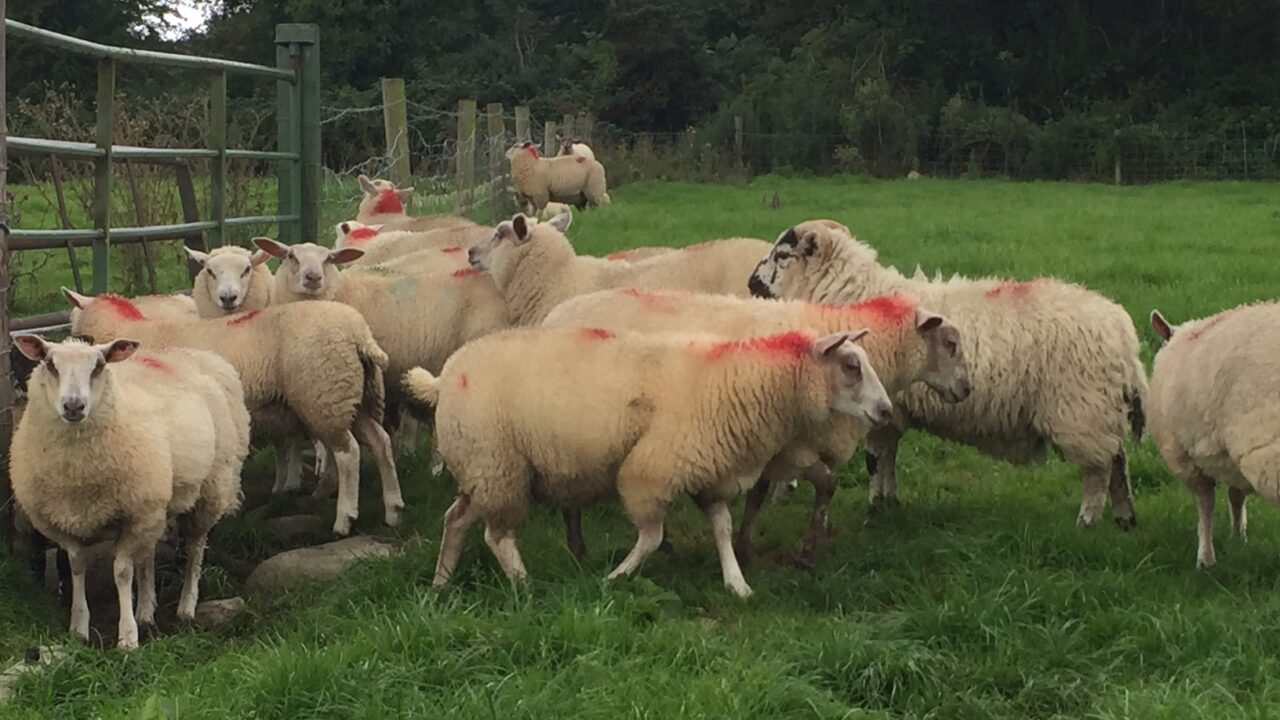The factory lamb trade continues to remain weak, with most processors continuing to offer quotes in the region of 440-445c/kg.
Lamb buyers are admitting that they are finding it difficult to source well-fleshed lambs, as the number of under-finished lambs are continuing to increase.
Along with difficulties in sourcing factory fit supplies, procurement managers have said that the trade for Irish sheepmeat remains difficult.
Falling sheepmeat consumption in France, a weaker Sterling and strong supplies of UK-origin lamb have all contributed to the market difficulties.
A weaker Sterling has been identified as a major challenge by processors, as it essentially allows UK producers to supply the French suppliers with lamb a cheaper prices.
The Sterling has weakened considerably in recent weeks, with €1 currently buying 90p Sterling and any further weakening could have further negative impacts on Irish sheepmeat prices.
Sheep supplies
There has been a further rise in the number of lamb slaughterings at approved export plants, figures from the Department of Agriculture show.
During the week ending October 9, just over 46,260 lambs were slaughtered in Irish plants, an increase of 1,756 head or 3.8% on the week before.
This increase in lamb throughput resulted in the total weekly kill jumping by 2.6% or 1,532 head on the week before, bringing the total for the week to 60,452 head.
However, despite the overall increase in throughput, official figures also show that ewe and ram throughput dropped during the week ending October 9.
Official figures show that almost 12,100 ewes and rams where slaughtered in approved sheepmeat exports, a fall of 157 head or 1.3% on the week earlier.
According to Bord Bia, the weakening of Sterling continues to make Uk lamb exports more competitive.
The SQQ live price for lamb in England and Wales was making the equivalent of around 413c/kg deadweight last week, Bord Bia reports.
Meanwhile in France, there has been little change in the market for sheepmeat as the trend of lower consumption continues.
However, retail promotions are plentiful, focusing mainly on imported and domestically produced sheepmeat including chops, legs and forequarters.
Main markets
